The sound of the drums can inform the listener of a song’s age within the first few seconds of the track, and as Paul McCartney explained in a 2005 interview, the Beatles’ experimental drum tones were certainly no exception. From standard rock beats to whimsical auxiliary instruments, Ringo Starr (and sometimes, the rest of the Beatles) didn’t treat the drums as a static, unchanging entity of the band’s sound.
Videos by American Songwriter
Sometimes Starr was on the kit. Sometimes he wasn’t. Other times, as McCartney told Guitar Player, Starr wasn’t playing drums at all.
The Beatles’ Experimental Drum Tones Helped Define Their Sound
While certain recording techniques and arrangement styles seem commonplace today in and outside the mainstream musical world, when The Beatles were first implementing these tricks in the studio, they were revolutionary. Part of the band’s appeal was their way of taking standard rock, blues, and country, and making it just different enough to catch the listener’s ear. That included how they chose to record the drums.
Speaking to Guitar Player in 2005, Paul McCartney explained, “I’ve always thought it was an interesting approach to go for something unconventional regarding drums and rhythm tracks. In the 60s, when The Beatles were quite experimental, we’d say to Ringo [Starr], ‘Aww, man. Didn’t you use that snare drum on the last track? Let’s not use it. Let’s get out a packing case or hit the back of a chair or something.’”
The Beatles played with drum tones in a myriad of ways. Sometimes, Starr would use different kinds of percussion mallets, from actual drumsticks to mallets to brushes. Other times, like McCartney referenced, they would opt to strike something other than a typical drum head. The Beatles also implemented fairly standard instruments, like tambourines, shakers, and claps, alongside less standard ones, like a metal anvil, á la “Maxwell’s Silver Hammer”.
All of these clever workarounds, paired with the distinct way the Beatles mixed their instruments to one side or the other, create a sound that will tell a listener they’re listening to the Fab Four before the guitar and vocals confirm it.
Paul McCartney Had Less Kind Words To Say About the 1970s
If there were ever a time to get experimental, whimsical, and weird, it would be the 1960s. But Paul McCartney argued that this try-it-and-see attitude toward percussion didn’t carry over into the next decade. The 1970s, he told Guitar Player, were “sort of boring” and “a bit more straightforward.”
“People would get a proper drum kit and play traditional drums throughout a song, and you just had to be clever with the musical arrangements,” McCartney said. In the band that took up most of his time in the 1970s, Wings, the former Beatle said, “We’d also do things like playing tambourine on a chorus, stopping it for the verse in favor of handclaps or something, and then bringing in the tambourine again on the next chorus. That way, you got the feeling of light and shade.”
That light and shade (or chiaroscuro, technically) provides more flavor and feel to a song than we often give it credit for. Drums are the backbone of a song, certainly. But they’re also an informative descriptor, telling the listener about the track’s band, genre, and decade within the first few beats.
Photo by Chris Walter/WireImage

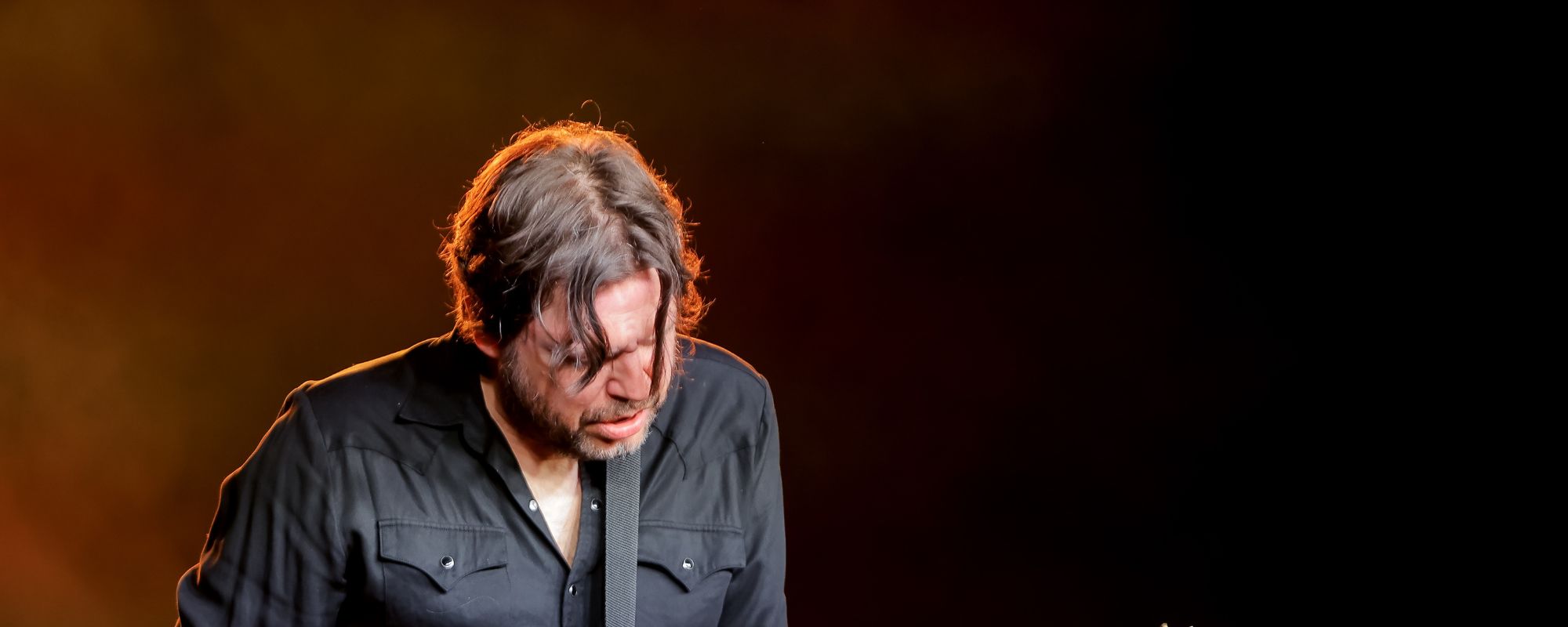
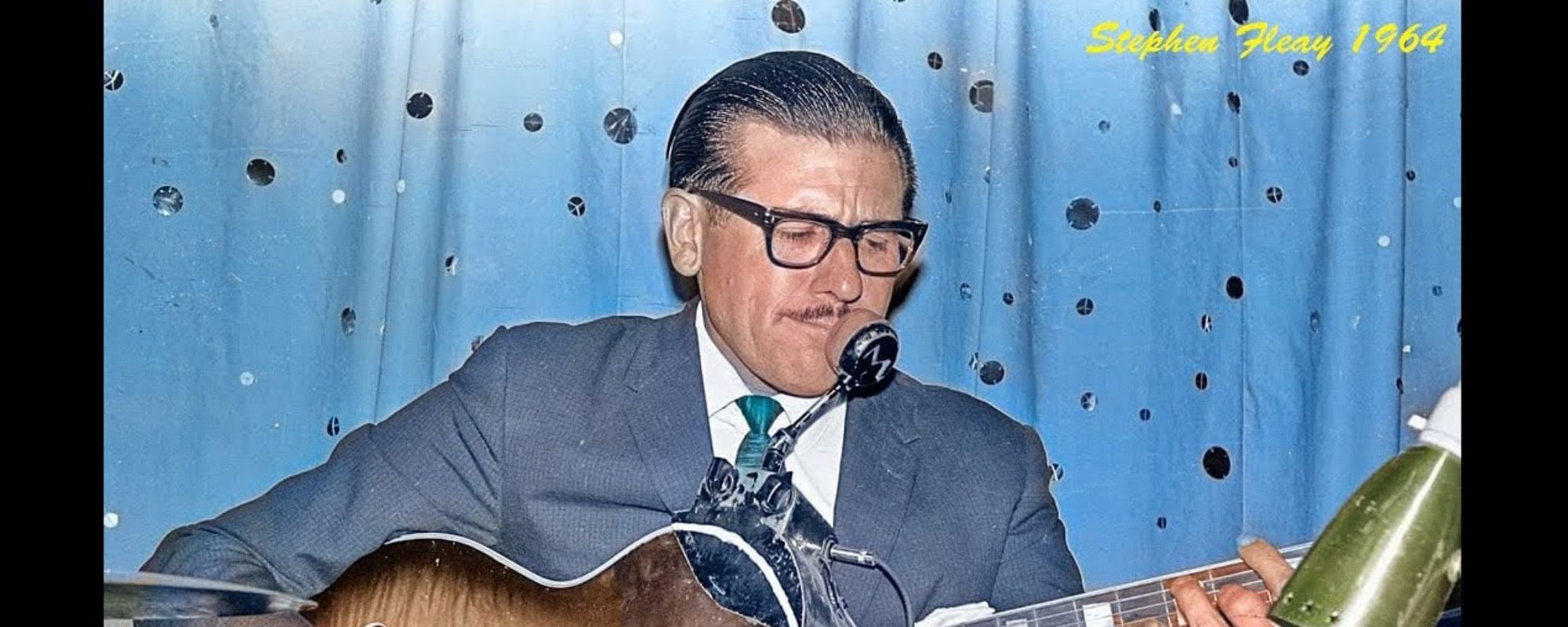
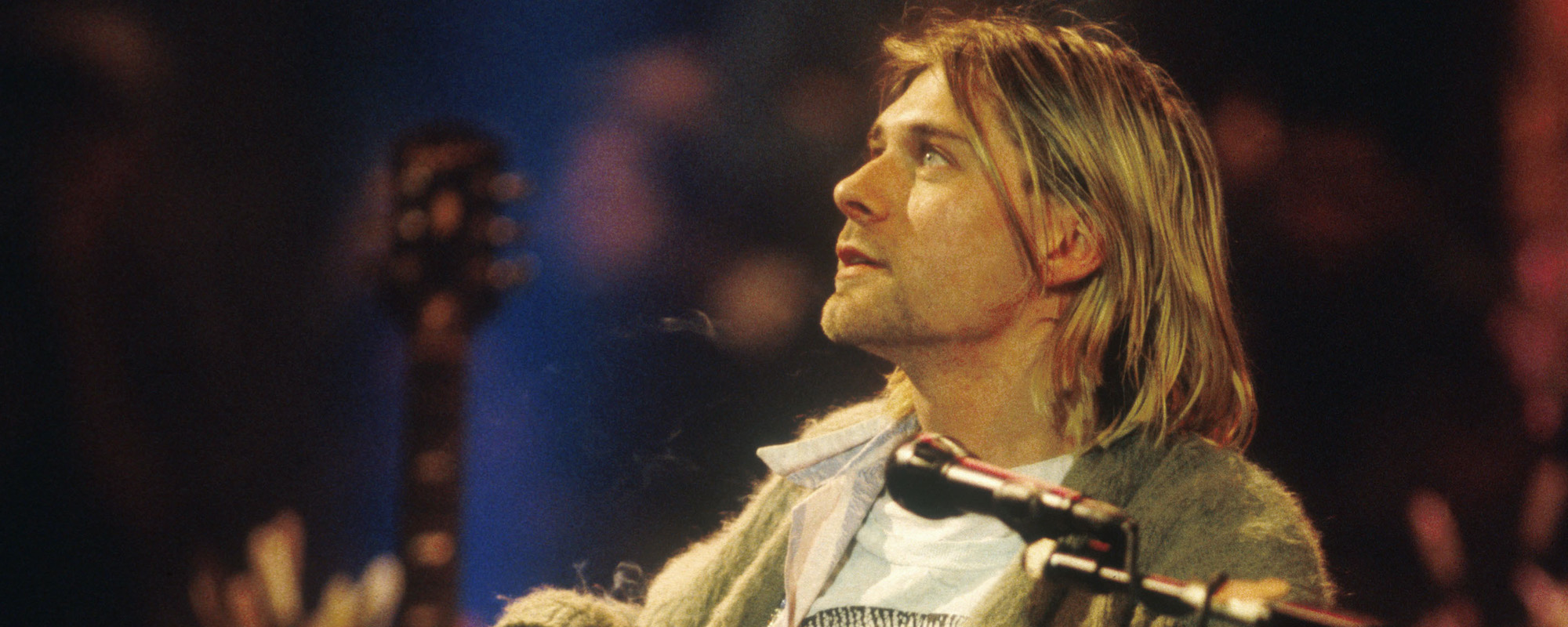


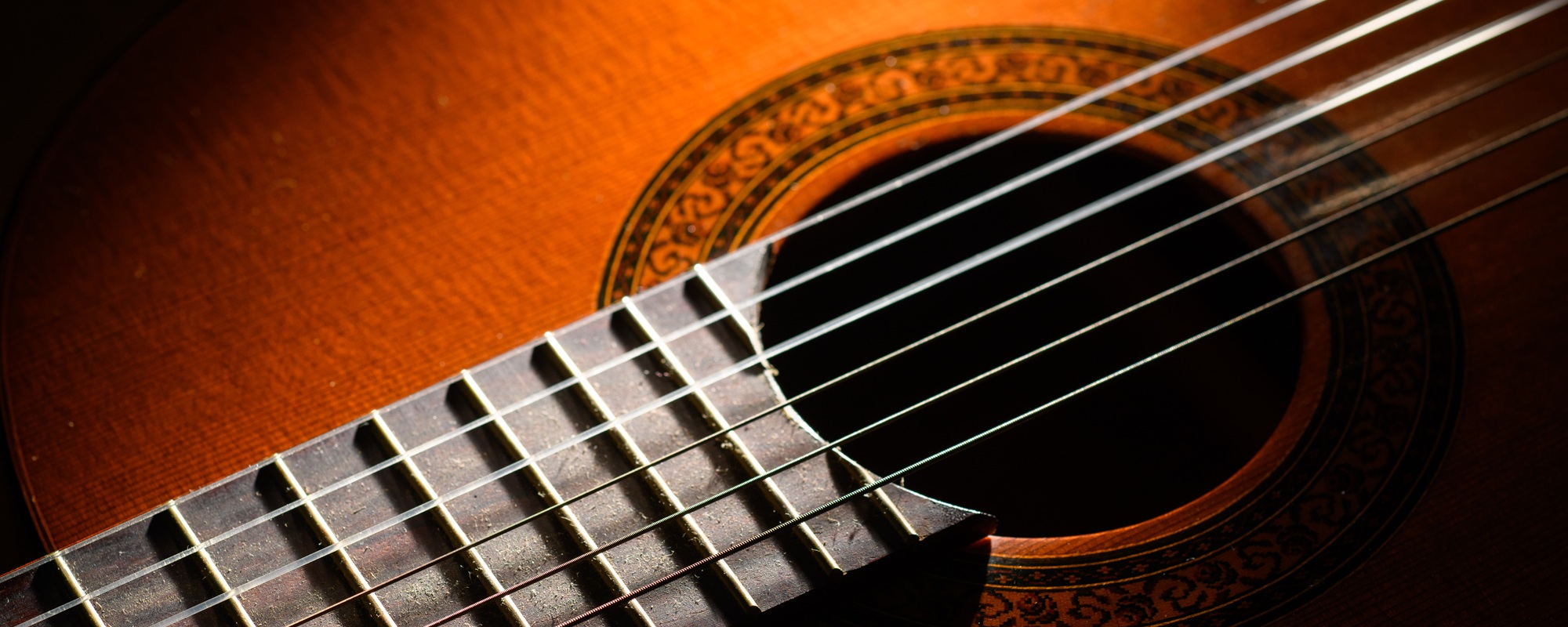

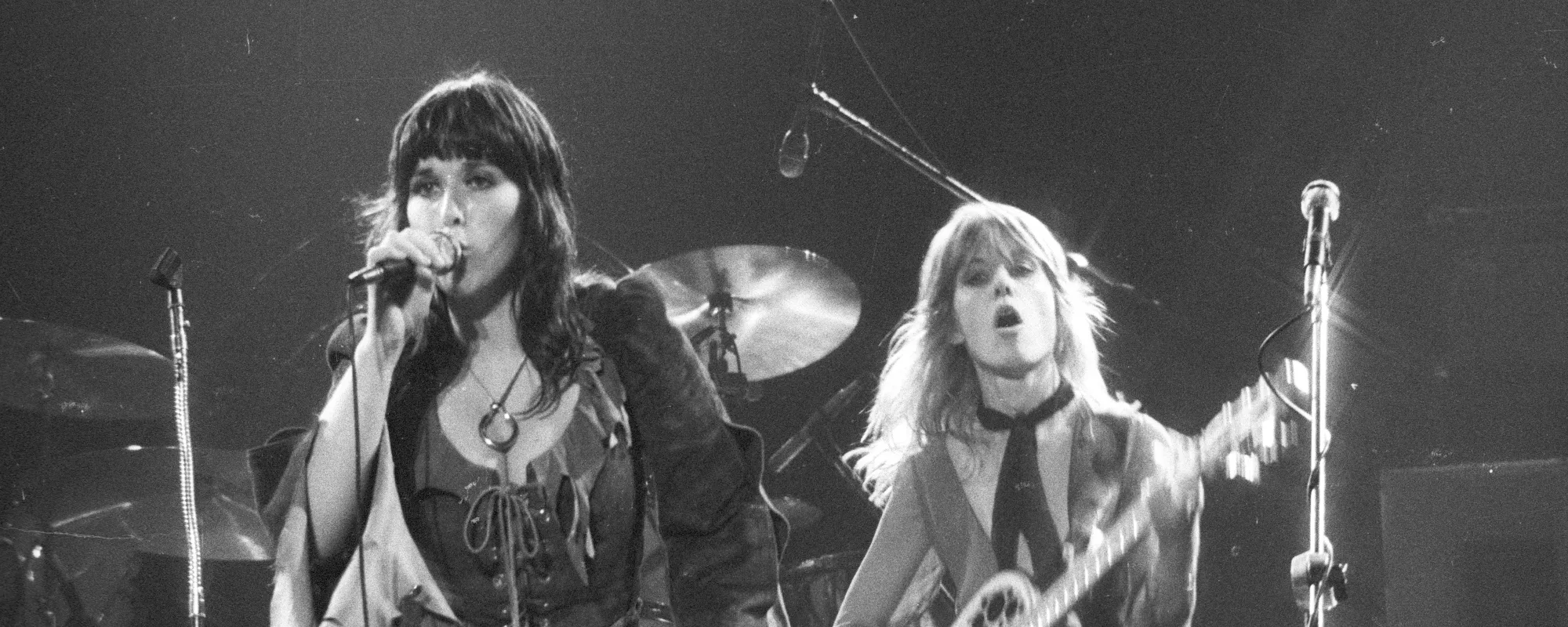
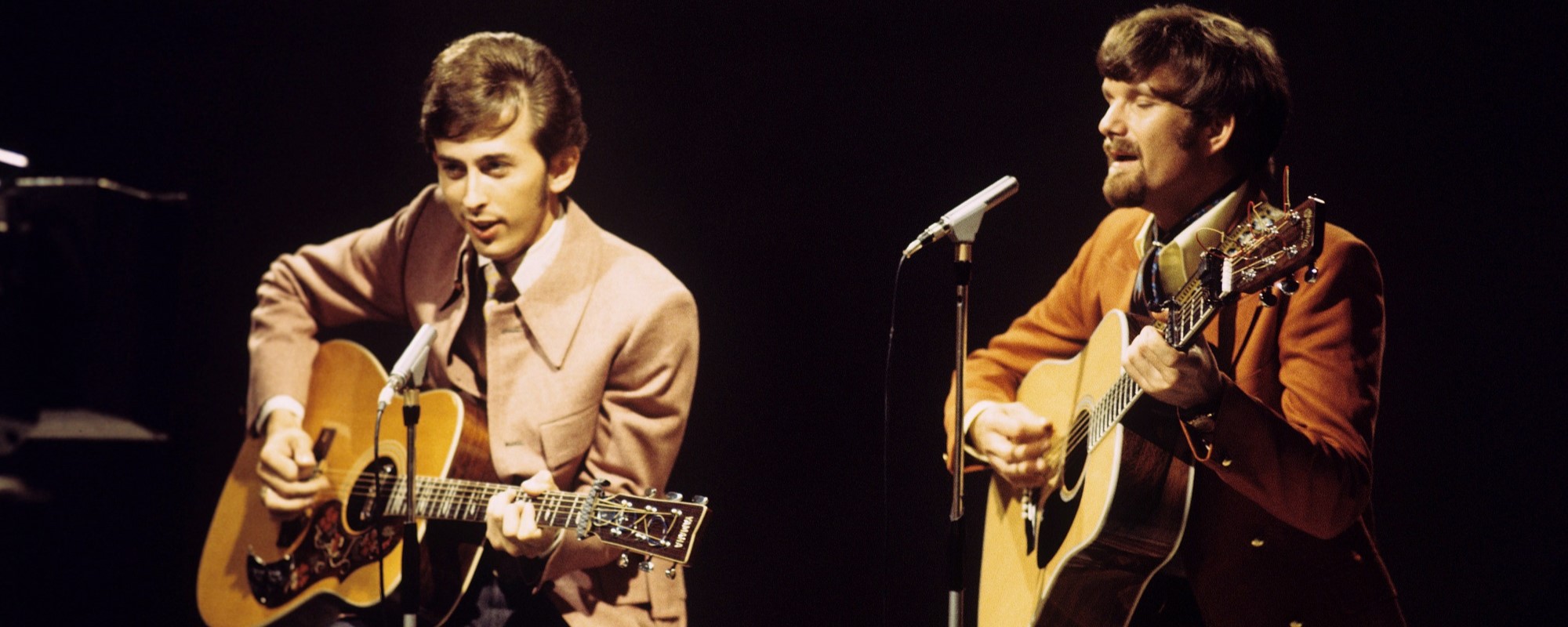

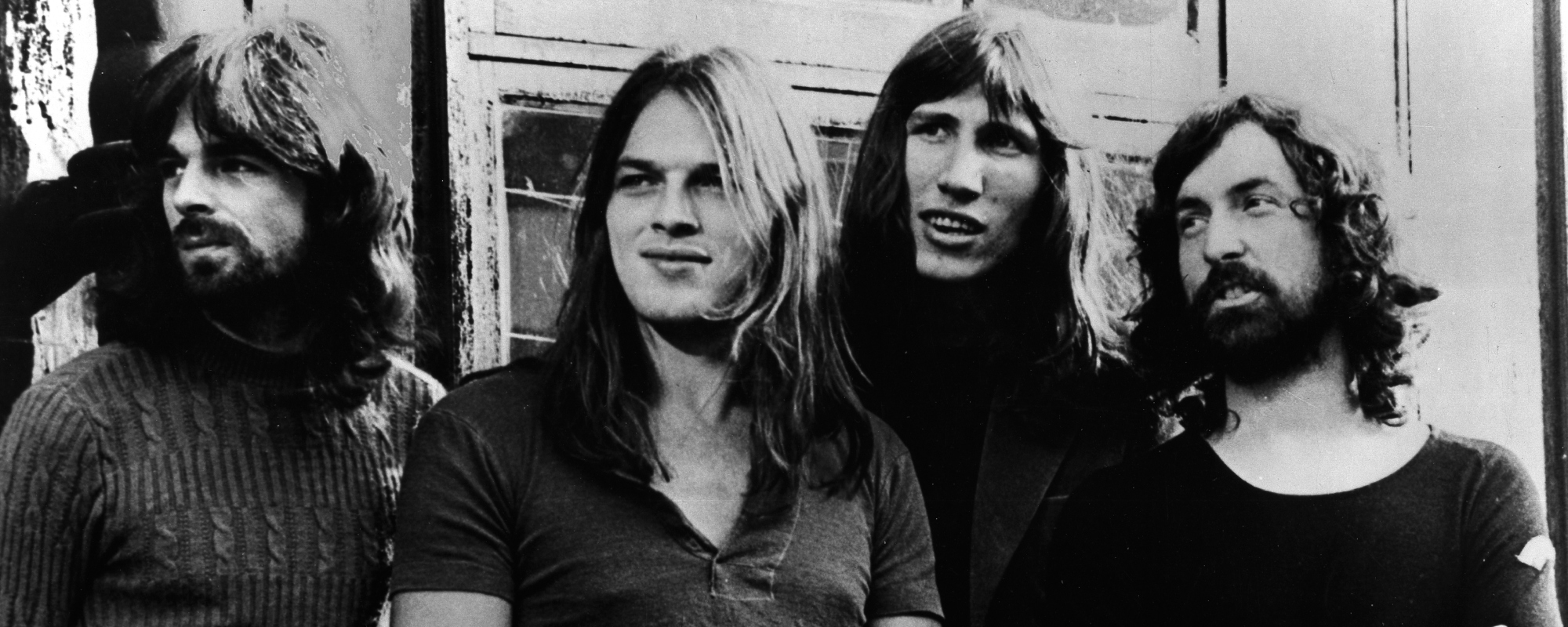
Leave a Reply
Only members can comment. Become a member. Already a member? Log in.